In my mind, one of the items in any kimono wardrobe that really helps inject personal style and flair into an outfit are haneri, or decorative under-robe collars. They are sewn onto the juban to protect it from dirt and oil as well as to add a coordinating colour and design. By default, most modern juban have a white collar already attached, but you can always sew a more brightly coloured or textured one over top.
White collars are proper and traditional on more formal and mature outfits, such as with kurotomesode, iromuji, and mofuku. However, on younger outfits involving furisode, or any outfit involving komon, tsukesage, or houmongi, the right haneri really adds a visual punch. I may even consider wearing them myself with iromuji with the right accessories (and to the right venue), and I have a few that are primarily white with some metallic accents that I wear with kurotomesode. However, I would never wear one with mofuku (funeral wear) as I feel it would be frivolous and disrespectful.
I have a relatively small collection of “real” haneri, but I have a lot of handmade and improvised ones as well. Really, any fabric that is lightweight and long enough to cover the juban collar will work fine.
White with seigaiha


This is a beautiful and delicate white collar with pink and mauve seigaiha (stylized wave) and little squares. The white silk also has a subtle reflective fleck texture.
Mauve with spiders
Naomi got this one for me to go with my infamous spider obi. It was too perfect an opportunity to pass up!


Black with ume and bamboo
I love the slightly vintage feeling of this one. I also really like dark haneri in general, especially with casual outfits.


Blue with sakura
A sort of subtle pastel one. I have an outfit in mind for this but I haven’t had the opportunity to wear it yet.


Shibori silks
These are actually scraps of silk Naomi sent me, but they are the perfect size to wear as haneri. I love how vibrant they are.



Handmade cotton selection
These are hemmed quilting cotton I got in a trade with someone on the Immortal Geisha forums. They’ve all got a definite Japanese feel to them (except the striped one which is just freaking adorable) and look great with a bunch of different outfits.


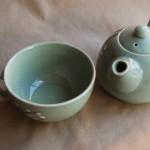
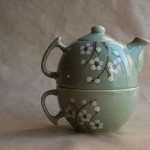

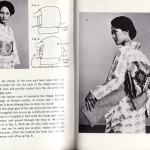
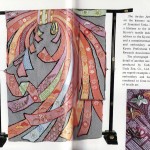
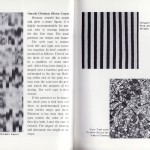
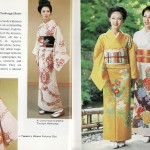



























 Bebe Taian
Bebe Taian CHOKO Blog
CHOKO Blog Gion Kobu
Gion Kobu